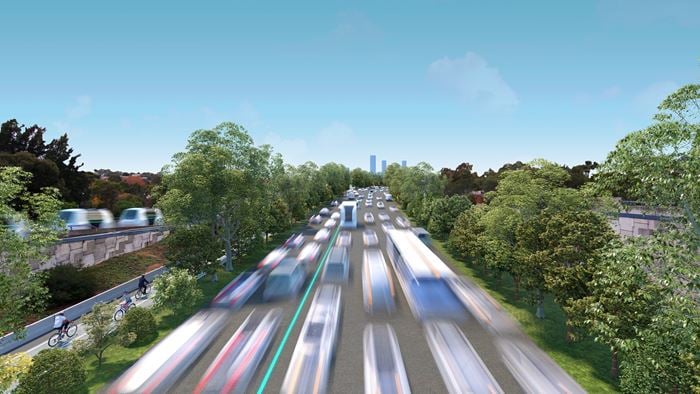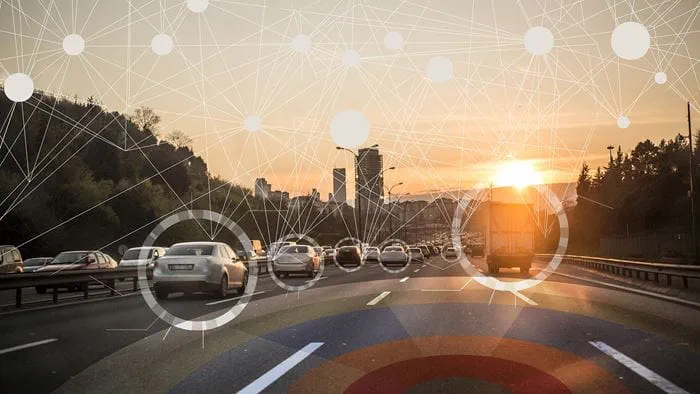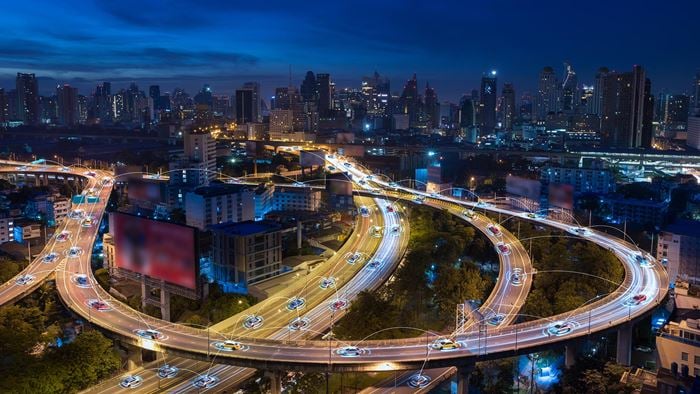Today’s road design standards are based on assumptions about the type of vehicles using the road and the physical abilities of drivers, cyclists and pedestrians. Our challenge is preparing for a future when fully automated cars are becoming the norm, but they must interact with analogue humans walking and cycling.
We need to understand how important the human element is in our current design standards and in the millions of small, day-to-day negotiations between different types of road users.
The human element is fundamental to the National Road Safety Strategy’s Safe System approach, which is built on the premise that people make mistakes, and that there is a limit to the human body’s tolerance to crash forces.
The achievement of a Safe System is a shared responsibility and it requires four interconnected cornerstones of safe travel to be working effectively together: safer people, safer vehicles, safer roads and safer speeds.
The eyes have it – non-verbal communication critical between road users
Most of our streets rely on private vehicles, cyclists and pedestrians approximating the road rules in a relatively predictable way and making safe decisions when interacting. A key element of successful and safe interaction is the ability for road users to make eye contact.
Ben Hamilton-Baillie, a UK street design specialist, noted that the use of social and physical context as a means to adapt traffic behaviour is critically dependent on speed and eye contact. In many streets and low speed environments, particularly shared zones, road user behaviour is controlled by personal interactions between street users, including non-verbal negotiation and social cues.
Recent research from France confirmed that if pedestrians at uncontrolled pedestrian crossings make direct eye contact with oncoming drivers, the drivers are more likely to stop.
Rising automation on the road network presents challenges, alongside opportunities, for the safe interaction between vehicles and pedestrians.
What we need to think about, and what we need to do
With the advent of fully automated vehicles, we may lose the advantage of eye contact between drivers, pedestrians and cyclists. While sensor design enables a look to be detected, the ability to interpret the look is a new facial recognition technology that requires field testing to be reliable.
To lessen the impact, road and street designs should clearly reflect ‘movement and place’ functionality and, in highly pedestrianised areas, speed limits should drop. Pedestrians and cyclists mustn’t be isolated to the pavement while vehicles have free flow: the give-and-take of today must continue and be improved upon.
Fully automated vehicles interpret the road environment differently and may be more ‘confident’ to travel at posted speed most of the time: a human driver may sense a lower speed is safer. For example, a driver seeing a balloon on a string pop out of a parked car may determine instantly that a child could be about to enter the roadway. Would an automated vehicle have the same interpretive skills? What of seeing an adult being distracted as a child exits?
To counter this, we need to consider easily understandable conditional speed limits which can be followed by automated vehicles in areas where complex human interactions are likely.
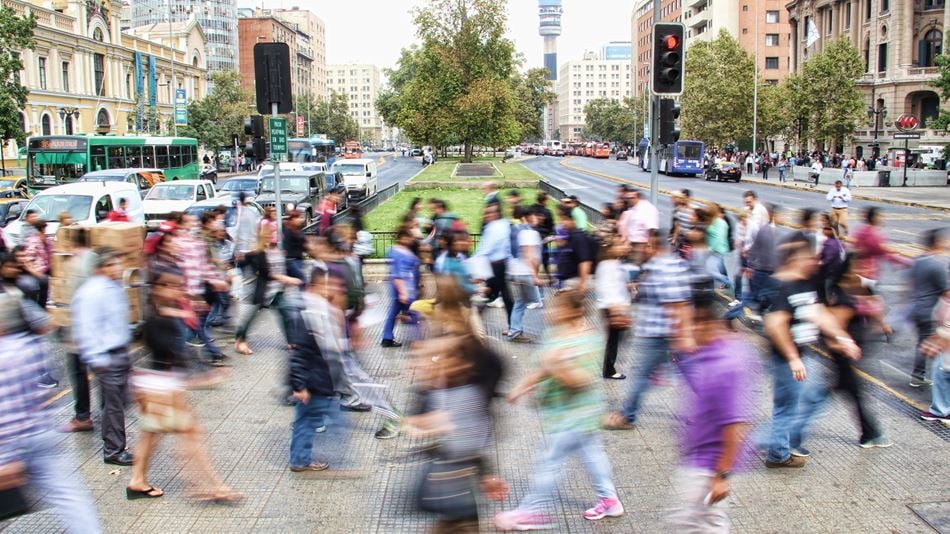
There is also a danger that pedestrians will disregard crossing signals, safe in the knowledge that fully automated vehicles will yield.
To counter this, pedestrians must be well catered-for. Signal timings need to be reviewed to reduce pedestrian waiting times and we must provide additional formalised crossing sites in areas of high pedestrian activity. And sensors need to evolve to understand what is a feint and what is actual movement: this will require significant AI development.
It is possible to maintain, and even increase, safety on our roads once fully automated vehicles arrive, as long as the human element is taken into consideration in the design of the streets and roads that will accommodate them. We need to understand that a precautionary approach will be required for a considerable time as people adapt to the machines which are adapting to the people.
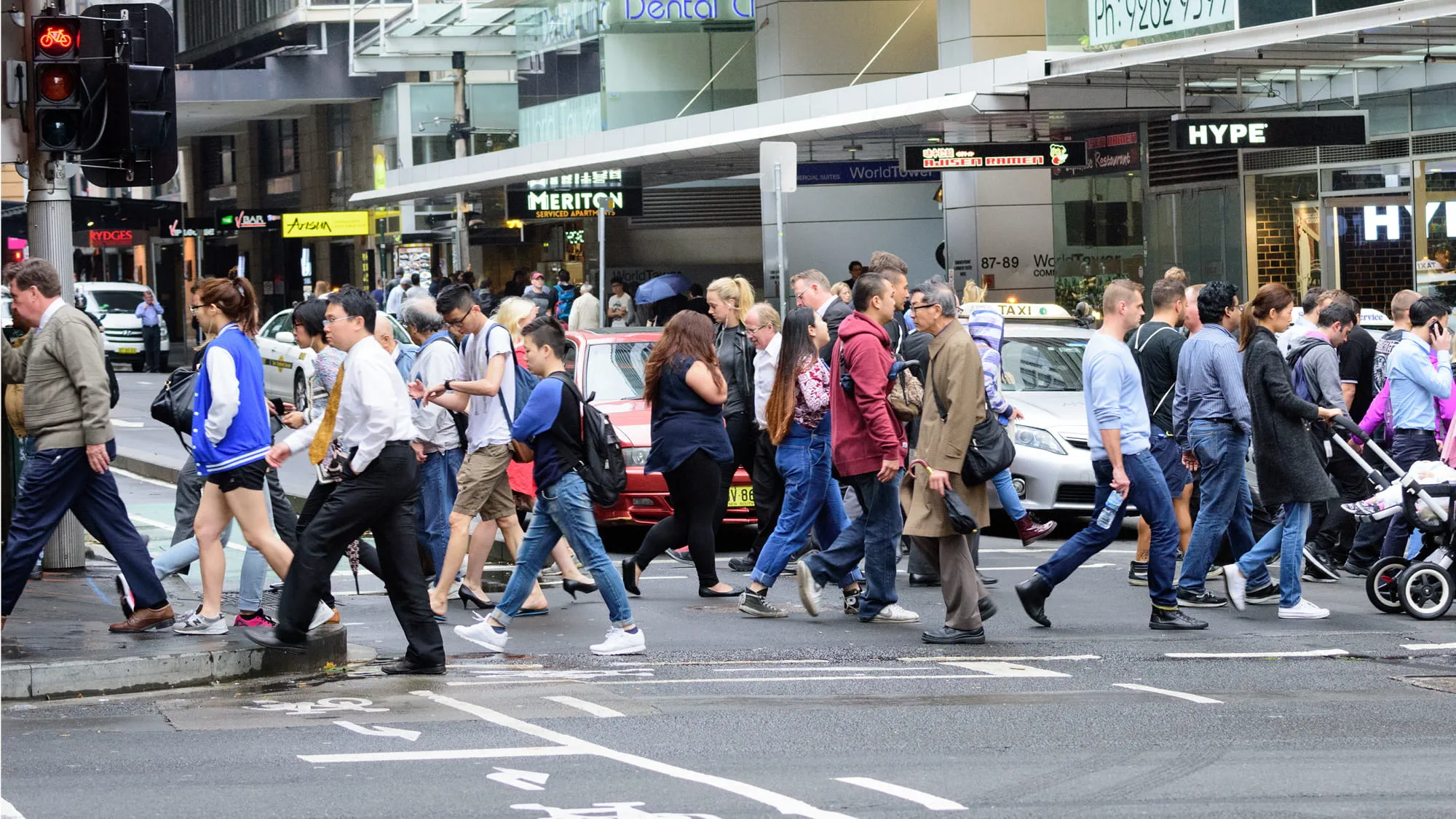 ;
;
